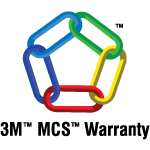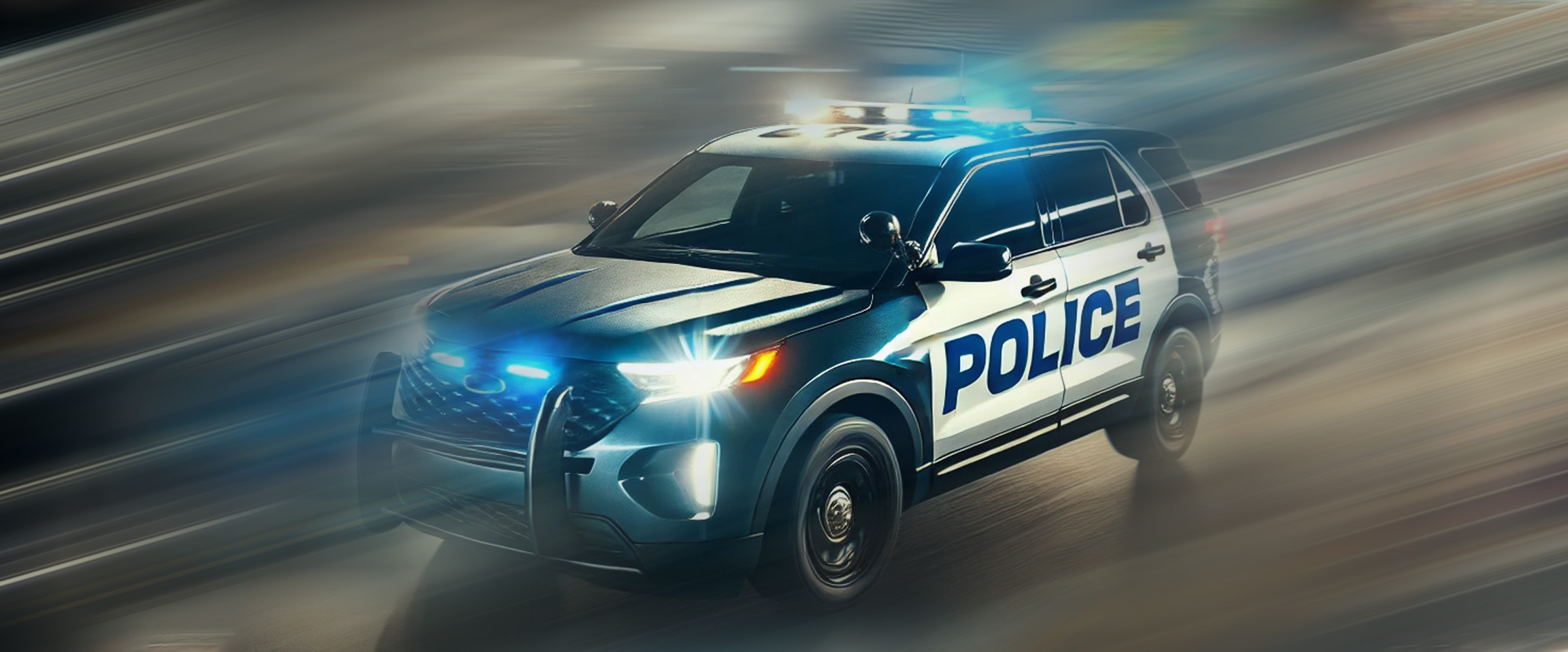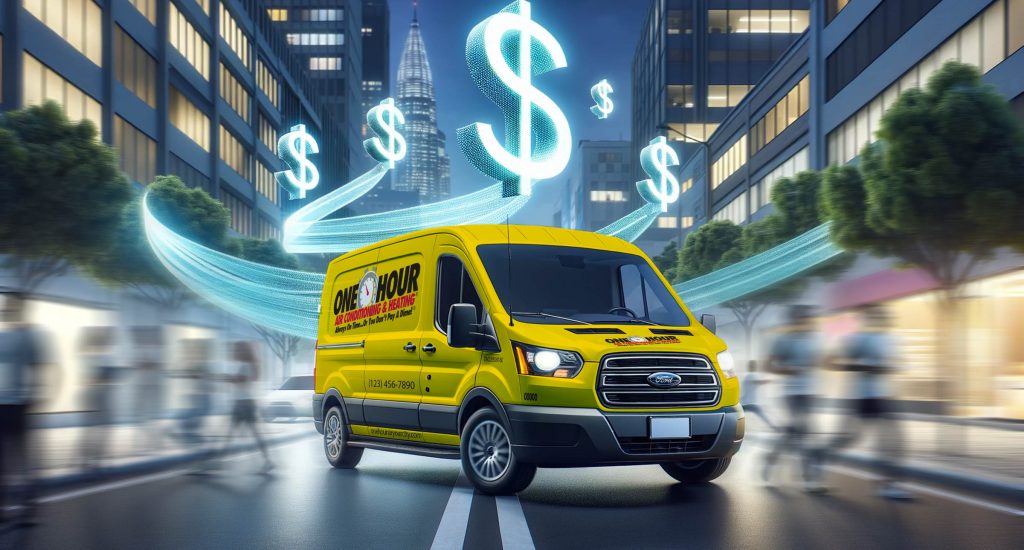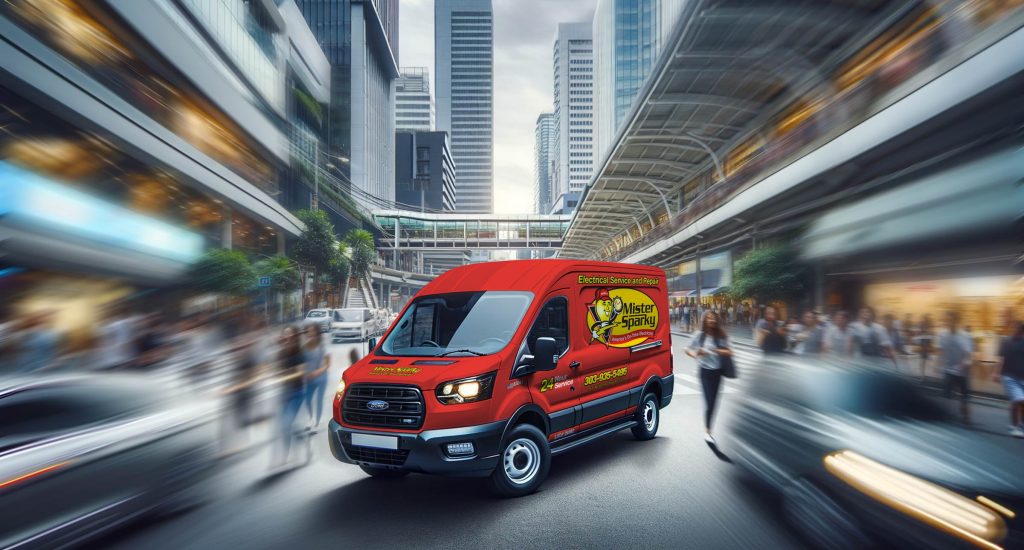When it comes to fleet branding, a vehicle wrap is more than just a way to cover a truck or van—it’s a powerful marketing tool with the potential to reach thousands of potential customers every day. But what makes a vehicle wrap truly eye-catching and effective? The answer lies in the science of design, including color psychology, font choices, and strategic layout placement. Understanding these elements ensures that your fleet graphics not only stand out but also communicate your brand message effectively, driving more engagement and increasing your return on investment (ROI).
The Psychology of Colors in Vehicle Wraps
Color is one of the first things people notice when they see a vehicle wrap, and different colors evoke specific emotions and associations. Using the right colors in your fleet graphics can enhance brand recognition and influence consumer perception. Here’s a quick breakdown of what various colors can convey:
- Red – Excitement, urgency, and energy. Often used by fast-food chains and brands wanting to evoke strong emotions. Red grabs attention quickly and creates a sense of action, making it ideal for promotional messaging.
- Blue – Trust, reliability, and professionalism. A popular choice for corporate and service-based businesses such as financial institutions, healthcare providers, and technology companies.
- Yellow – Optimism, attention-grabbing, and warmth. Works well for brands that want to appear friendly and inviting, such as food delivery services and retail businesses.
- Green – Health, sustainability, and growth. Ideal for eco-friendly brands, landscaping companies, and businesses in the natural products sector.
- Black – Sophistication, luxury, and power. Used by high-end brands to convey exclusivity and professionalism, often paired with metallic finishes for a premium look.
- Orange – Creativity, enthusiasm, and affordability. Frequently used by budget-friendly brands and companies in creative industries.
- Purple – Royalty, wisdom, and imagination. A great choice for brands that want to convey a sense of luxury, spirituality, or innovation.
Choosing the right color scheme for your vehicle wrap should align with your brand identity and the emotions you want to evoke in your audience. Using high-contrast color combinations can improve readability and make key messaging more prominent. For example, white text on a dark background or bold, vibrant colors against neutral tones create a strong visual impact.
Font Choices
A great design can be ruined by the wrong font choice. Typography plays a critical role in ensuring your message is readable from a distance. Here’s what to keep in mind when selecting typography for your vehicle wrap:
- Size Matters – The most important information (like your company name, tagline, and contact details) should be the most prominent. A good rule of thumb is to ensure text is at least 3 inches tall for readability at a distance of 50 feet.
- Bold and Clear Fonts – Your audience has only a few seconds to read your message. Choose fonts that are easy to read from a distance, such as sans-serif options like Helvetica, Futura, or Arial.
- Avoid Overly Decorative Fonts – While script and decorative fonts can add personality, they can also be difficult to read at high speeds. Stick to clean, legible typefaces that enhance clarity.
- Proper Contrast – Make sure your text stands out against the background color. High contrast improves visibility and legibility, making it easier for people to absorb your message quickly.
- Additional Advantages: Besides the overt benefits of safety and recognition, reflective wraps really do have other benefits. They add to the longevity of the exterior materials of a vehicle, acting as another armor against all but the most severe scrapes and UV damage. This protection ensures the appearance of the vehicle over time, thus reducing the cost of frequent repainting or repairs. Reflective wraps can also be customized, which makes them versatile for police departments to incorporate the specific branding elements, logos, and information that will help with their visibility and public relations efforts.
- Operational: There are success stories that have been reported by police agencies across the country from the application of reflective wraps. For example, there are fewer cases of accidents experienced with police cars at night because of an improved visibility factor. Secondly, in the policy approaches to police community relations, reflective wraps enhance police presence and visibility across neighborhoods, guaranteeing security and comfort for every resident.
- Bold and Clear Fonts – Your audience has only a few seconds to read your message. Choose fonts that are easy to read from a distance, such as sans-serif options like Helvetica, Futura, or Arial.
Strategic Layout Placement
An effective vehicle wrap layout guides the viewer’s eye naturally across the design. Placement plays a crucial role in ensuring your message is absorbed quickly and effectively. Here’s how to achieve that:
- Hierarchy of Information – Arrange elements in order of importance. Your company logo and main message should be the focal points, while secondary details such as website URLs or social media handles should be smaller but still visible.
- Consider Vehicle Shape and Curves – Design with the contours of the vehicle in mind to prevent distortions or text wrapping around awkward angles. Avoid placing critical messaging over door seams or wheel wells where visibility may be compromised.
- Balanced Use of Graphics and White Space – Avoid clutter. A clean design with intentional spacing makes the wrap more visually appealing and easier to read. Overloading a design with too many elements can make it overwhelming and reduce effectiveness.
- Call to Action (CTA) – Whether it’s a website, phone number, or QR code, your CTA should be easy to spot and accessible. A strong, action-oriented CTA like “Call Now for a Free Quote” or “Visit Our Website to Learn More” can drive engagement and conversions.
The Impact of Vehicle Wraps on Brand Awareness and Marketing
Unlike traditional advertising methods, vehicle wraps offer a unique advantage—they reach a broad audience without ongoing costs. Studies show that a single branded vehicle can generate between 30,000 and 70,000 impressions per day, making fleet graphics one of the most cost-effective forms of outdoor advertising. Here’s why they work:
- Professionalism and Trust – A branded vehicle instills confidence in potential customers by showcasing a polished and professional image.
- Non-Intrusive Advertising – Unlike digital ads that can be skipped or ignored, vehicle wraps naturally attract attention as they move through traffic.
- Long-Lasting Exposure – A well-maintained vehicle wrap can last up to five years, providing continuous brand visibility.
- Targeted Local Marketing – Since fleet vehicles operate within specific service areas, they serve as mobile billboards targeting potential customers in your local market.
Conclusion
The best vehicle wraps are a blend of art and science. By leveraging color psychology, selecting the right fonts, and strategically placing design elements, your fleet graphics can grab attention and reinforce your brand message effectively. Investing in a well-thought-out vehicle wrap design ensures your brand gets noticed every mile of the way.
At Signature Graphics, we specialize in creating high-impact fleet branding solutions that drive results. Whether you’re looking for a full wrap, partial wrap, or custom graphics, our expert team is ready to help. Contact us today to start transforming your fleet into a powerful marketing asset!

We proudly use 3MTM graphic films and overlaminates.














